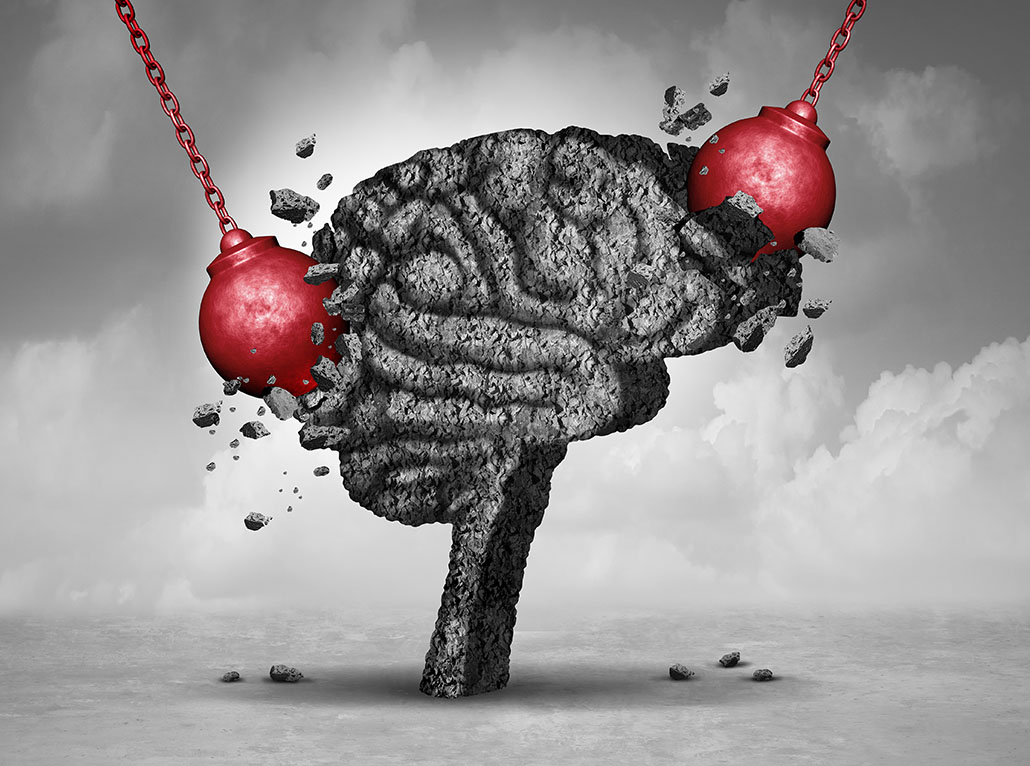As the evidence base around the incidence, circumstances and symptoms of concussion grows, new opportunities arise for the management and coordination of care, and associated services. Although the treatment of concussion or Mild Traumatic Brain Injury requires careful attention to contextual factors and the full attention of medical practitioners to catch case-specific symptoms, which can never be completely administered with a strict set of guidelines, leveraging this evidence base could empower practitioners, and families of those suffering from concussion to understand what to expect from care and associated services, and to guide the next-steps of treatment.
In Canada, some of the development of standards for treatment and care has come from the Ontario Neurotrauma Foundation (ONF). In June of 2018, the foundation released the updated Third Edition of the Guidelines for Concussion/ Mild Traumatic Brain Injury and Persistent Symptoms. The foundation has been able to gather enough data to conduct rigorous analysis of the incidence of these types of injuries. This has allowed for the development of an appropriate set of guidelines. These guidelines essentially form a framework within which individual cases can be allocated treatment interventions, or types of care, based on individual circumstances and case specific facts.
Although the current reported levels on the incidence of concussion may not be a clear indication of a rising trend of incidence, as much as it reveals increased levels of incidence reporting, as awareness of the symptoms of sufferers grows, it is still remarkable that, according to the Institute for Clinical Evaluative Sciences (ICES), there were 1480,710 diagnosed cases of concussion in Ontario alone in 2013. It is clear that the effective management of this quantity of cases requires guidance, and a structured set of mechanisms to advise on care and support services.
According to the ONF, there are three major issues which the guidelines aim to address. The first of these is that there is no clear care pathway, and services are often provided in an unstructured way. Treatment needs to be strategic as much as it is responsive, especially for something which is fast approaching epidemic proportions and is thus a public health issue. The second issue is around long waitlists, in an area where timing to diagnose and treat brain injury can be critical for desperate patients suffering from persistent symptoms, and can have significant weight in resolving associated legal issues. Finally, there remain gaps in the knowledge base of health care providers leading to inconsistencies in diagnoses and treatment. The iterative process of data analytics and implementation creates a feedback loop where the evidence base improves practice, as well as improving the quality of data on the incidence of brain injury and this work can leverage improvements in a crucial area of medical service provision.
There is however another critical gap which this research stands to close. In the case of concussion resulting from accidents, long and difficult court cases trying to establish liability and damages can occur. For patients suffering from persistent symptoms, this process can be traumatic and arduous. A sound base of evidence could remove the room for doubt in legal cases, as to the extent of damages and the potential effects on a patient’s life. This could be strengthened as the base of evidence grows, and if the data sets aim to include sufficient data for longitudinal studies which can begin to advise on predicting patient outcomes based on medical evidence.
The importance of understanding, accurately diagnosing, reporting and then treating concussion could prevent lasting cognitive damage for sufferers. The effects of even mild brain injury can have life long effects, and informing families of what to expect, and how to access care can influence the basic quality of life of patients. According to the ONF, “for patients who experience persistent symptoms and those at risk of a delayed recovery, it is necessary that they have access to appropriate and timely, coordinated, interdisciplinary and evidence-based care”.
With this rapid increase in incidence reporting, there has arisen an almost sensationalised response to a potentially serious medical condition. Treatment is offered by a range of providers, often not operating from an evidence base, and the general media hype around the subject only results in confusing the expectations of patients and their families. Thus, a clear and factual source of information is required to ensure that the condition is well understood.
The fact remains that outcomes can be uncertain, especially when it comes to brain injury, and the more clear and accurate information available on the subject the more long-term damage can be remediated.




